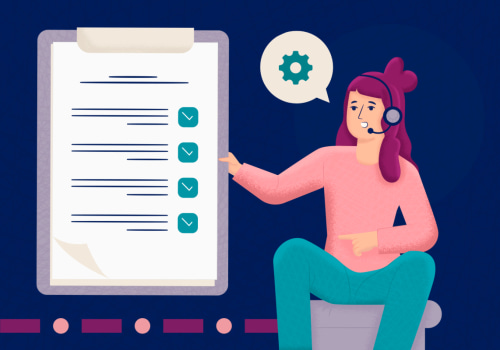Follow-up actions reports are a critical part of the audit process, providing a comprehensive overview of the steps taken to ensure compliance with operational procedures and standards. These reports are essential for organizations to understand the effectiveness of their internal controls, identify potential areas of improvement, and prevent future errors or fraud. In this article, we'll take a closer look at follow-up actions reports and how they can help organizations make informed decisions about their operations. We'll explore what information is included in a follow-up actions report, the types of data it can provide, and how it can be used to identify areas for improvement. We'll also look at best practices for creating and using these reports to ensure compliance with regulations and standards.
Creating a Follow-up Actions Report
Creating a follow-up actions report can be a challenging task, but is an important part of any audit process.To create an effective follow-up actions report, it is important to know what action was taken, collect data on the results, and make recommendations for future actions. Here are the steps to create a follow-up actions report:Step 1: Determine the Action TakenThe first step in creating a follow-up actions report is to determine what action was taken in response to the audit findings. This includes identifying the root cause of the finding and the corrective action taken to address it. This information should be documented and included in the follow-up report.
Step 2: Collect Data on Results
Once the action has been determined, it is important to collect data to determine if the action was effective.This can include collecting data on customer satisfaction, employee productivity, or other metrics that can help measure the effectiveness of the corrective action. This data should be collected and included in the report.
Step 3: Make Recommendations for Future Actions
Finally, it is important to make recommendations for future actions. This includes making suggestions on how to prevent similar issues from occurring in the future or suggesting additional corrective actions that could be taken. These recommendations should be documented and included in the report. Creating a detailed and accurate follow-up actions report is an essential task for organizations.It helps them ensure that any actionable items that have been identified are tracked and addressed in a timely manner. Such reports are also important for providing clear and concise information to stakeholders, allowing them to better understand the audit process and evaluate the effectiveness of the audit. Additionally, organizations should make use of additional resources such as checklists and templates when creating their follow-up actions reports. These can help organizations ensure that all necessary information is included in their reports and that they are formatted in a way that is easy to read and understand. Ultimately, follow-up actions reports are a critical part of any audit process.
They provide organizations with an effective way to track and address actionable items, while also providing stakeholders with the information they need to evaluate the audit process. By following best practices and utilizing additional resources, organizations can create more effective follow-up actions reports and ensure that their audit processes are as successful as possible.







